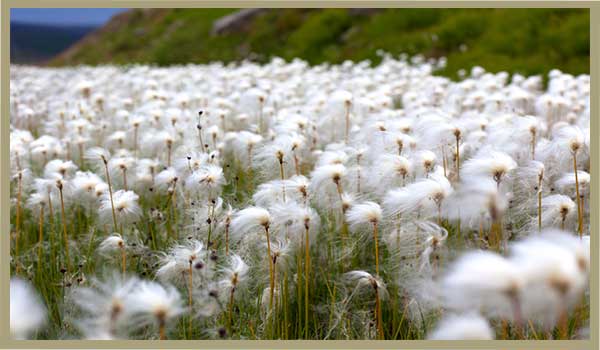
Sustainable Consistent Fashion
26 December 2021
Highlights in 2021/2022 Autumn Winter Collections
14 February 2022Regenerative agriculture attracts everyone’s attention these days. Everyone is interested in it, from new regenerative agriculture certifications to major brands to supply commitments.
Cotton farming is one of the biggest needs for agriculture and apparel. Although it is a natural fiber, it is a product that uses chemicals and water intensively.
Inhabiting only 2.4% of global crop lands, it accounts for 22.5% of the world’s insecticide use. Cotton is the most used non-synthetic fiber in the world.
What is Regenerative Agriculture?
Regenerative farming, complete with restorative practices, can also be referred to as regen. Soil health is improved, and the biological structure is idealized again, with environmental awareness efforts.
Regenerative agriculture, which is often confused with sustainable or organic agriculture, has the same qualities.
Regenerative Agriculture & Fashion
Many clothes such as t-shirts and jeans are made of cotton. Woolen sweaters are bought from sheep in the field.
Industrial agriculture contributes greatly to climate change. Nitrogen fertilizers liberally spread by conventional farmers on their fields “quench out important greenhouse gases” like carbon dioxide.
We know how many problems fashion can cause in the production phase. For this, we carry out our work by advocating sustainable and ethical values.
Regenerative agriculture and fashion are also examples of how to be sustainable in terms of cotton in fashion.
Cover plants capture carbons, “separate” them, and store them in the earth. Carbon nourishes the soil and even helps it retain water. In contrast, plants grow faster, but it’s still unclear how much carbon the soil can collect.
Brands & Regenerative Agriculture
It certainly costs more than conventional agriculture. However, many big brands have already started to realize their business by paying attention to this.
It is important to follow the innovations and move forward after some time has passed since the last application of prohibited materials such as land, chemical fertilizers and pesticides.




